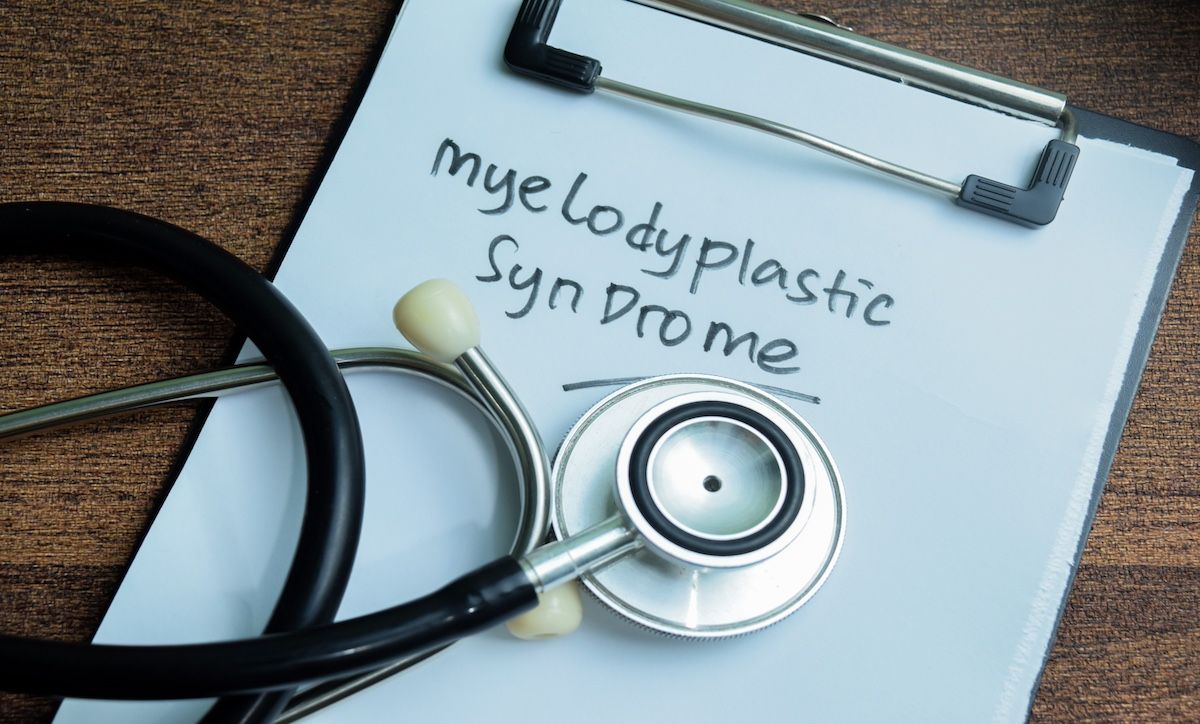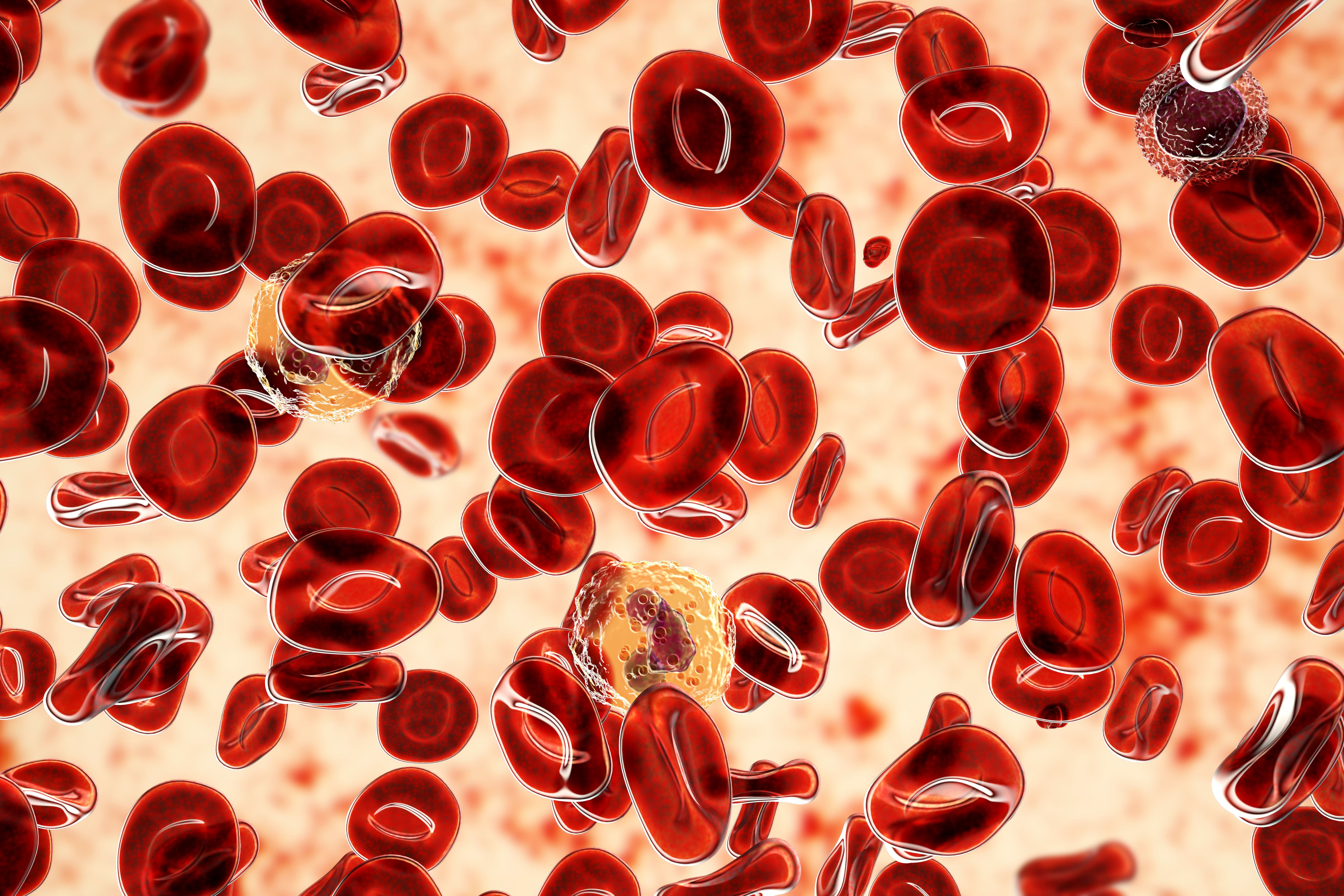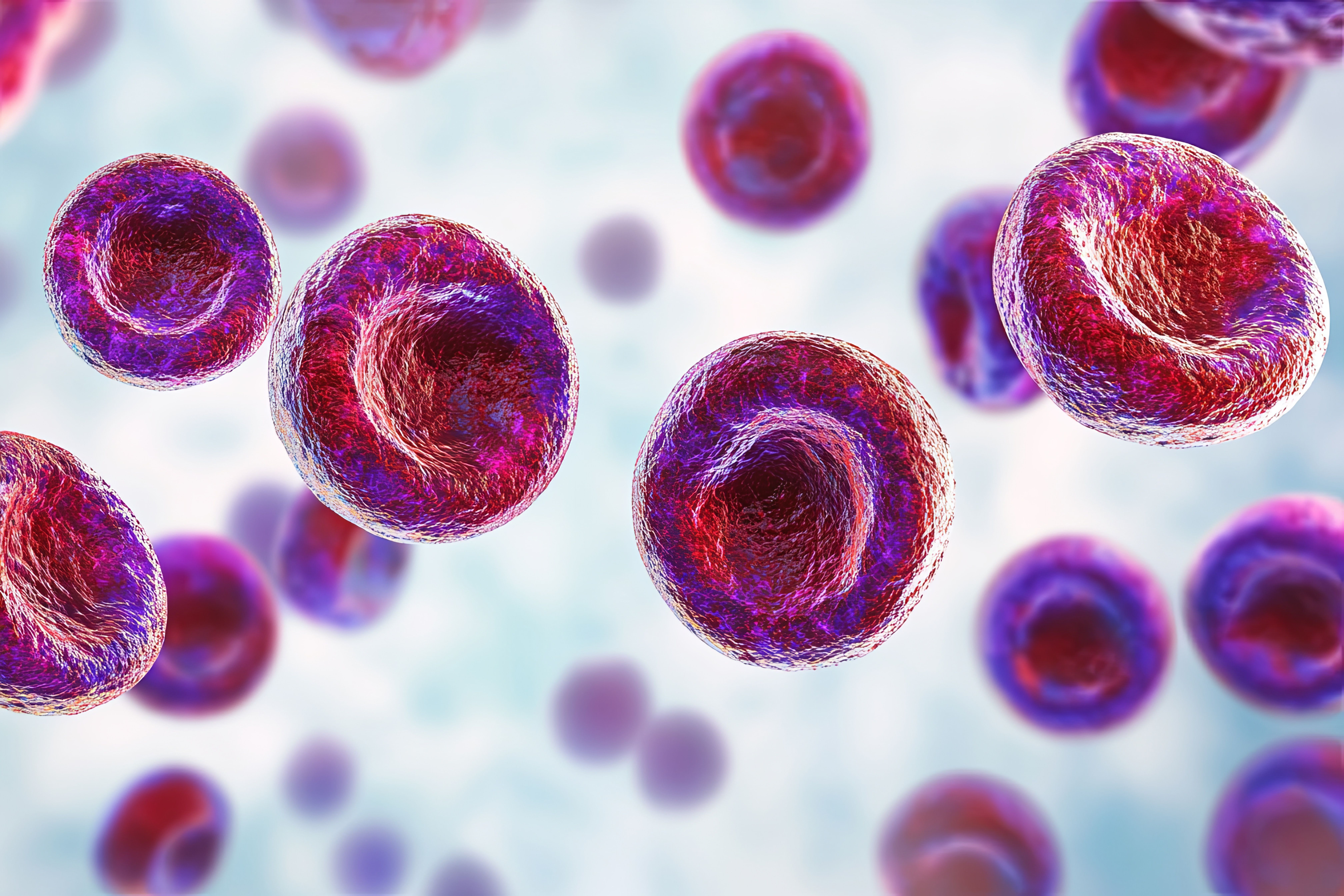Article
Lingering Questions Limit Impact of MRD in the Clinic Despite Its Growing Prominence
Author(s):
While minimal residual disease has become an important way to track how patients respond to therapies for multiple myeloma, the treatment implications of the metric are not yet clear, according to a review article.
Minimal residual disease (MRD) status has become an important method of measuring a response to therapy in patients with multiple myeloma (MM), but a number of key questions remain unanswered about its implications in a clinical setting.
Investigators, including corresponding author Roberto Mina, MD, of the University of Torino, in Italy, analyzed the latest research on MRD as a clinical tool in a review article published in the Journal of Clinical Medicine.1
Mina and colleagues began by pointing out that new therapeutic options for patients with MM have significantly increased rates of complete remission (CR) among patients with MM, which in turn has led to longer rates of progression-free survival (PFS) and overall survival (OS).
“It is now clear that the real prognostic value of CR relies on the absence of minimal residual disease (MRD),” the authors said. After the International Myeloma Working Group (IMWG) updated the response criteria in 2016 to incorporate assessments of MRD inside and outside of the bone marrow, interest in MRD as a surrogate endpoint for survival outcomes has increased, Mina and colleagues wrote.
After outlining methods of assessing MRD, the investigators explained its limits in the clinic, arguing that there’s “no current evidence” supporting the idea that MRD can be used to drive decision-making in a clinical setting.
One question still unanswered is whether, in an era of highly effective induction regimens, MRD status might be used as a way to choose between transplant- and non-transplant-based treatment. Studies have shown high MRD-negativity rates both in patients who underwent high-dose melphalan2 with autologous stem-cell transplantation (HDM-ASCT) and those who did not.3
“Altogether, these data suggest the hypothesis that patients who are able to achieve MRD negativity with the induction therapy may not need HDM-ASCT, thus supporting the development of controlled trials randomizing patients to ASCT vs. non-transplant-based strategies,” they wrote.
Another question is how long, if at all, maintenance therapy is needed in MRD-negative patients following induction therapy and HDM-ASCT. Mina and colleagues said there’s insufficient data to justify removal of maintenance therapy.
“On the basis of the data generated so far, it is not yet possible to advise against maintenance therapy for patients who are MRD negative after ASCT or to encourage treatment discontinuation for those patients who become MRD negative during maintenance,” they said.
Mina and colleagues also discussed the frequency of MRD testing. They said it makes sense to monitor MRD status over time, since an MRD-positive patient can become MRD-negative during treatment, but the opposite can also happen. Such negative-to-positive reversals can be a sign of pending relapse.
“From a clinical perspective, these data could help clinicians restart treatment before the occurrence of clinical relapse, thus preventing the morbidity associated to MM proliferation,” they wrote.
One final question, the authors said is whether patients who are MRD-positive after HDM-ASCT or consolidation might benefit from switching to non-cross-resistant drugs or from treatment intensification, “in order to maximize the odds of achieving MRD negativity, particularly in light of the promising results obtained with immunotherapeutic strategies tested in the relapse setting.” That question, too, remains unanswered.
In conclusion, the investigators said that while there are a number of intriguing possibilities as a result of MRD assessment, there also remain a number of key questions that must be resolved before MRD reaches its full clinical potential.
“MRD-based clinical trials and their results are eagerly needed to fully understand the value of MRD testing in MM and to demonstrate the validity of using MRD as the main driver of clinical decisions, both in the upfront and relapsed settings,” they said.
References:
- Mina R, Oliva S, Boccadoro M. Minimal Residual Disease in Multiple Myeloma: State of the Art and Future Perspectives. J Clin Med. 2020;9(7):E2142. Published 2020 Jul 7. doi:10.3390/jcm9072142
- Costa, L.J.; Chhabra, S.; Godby, K.N.; Medvedova, E.; Cornell, R.F.; Hall, A.C.; Silbermann, R.W.; Innis-Shelton, R.; Dhakal, B.; DeIdiaquez, D.; et al. Daratumumab, Carfilzomib, Lenalidomide and Dexamethasone (Dara-KRd) Induction, Autologous Transplantation and Post-Transplant, Response-Adapted, Measurable Residual Disease (MRD)-Based Dara-Krd Consolidation in Patients with Newly Diagnosed Multiple Myelo. Blood. 2019, 134, 860, [ASH 2019 61st Meeting].
- Landgren, O.; Hultcrantz, M.; Lesokhin, A.M.; Mailankody, S.; Hassoun, H.; Smith, E.L.; Shah, U.A.; Lu, S.X.; Mastey, D.; Salcedo, M.; et al. Weekly Carfilzomib, Lenalidomide, Dexamethasone and Daratumumab (wKRd-D) Combination Therapy Provides Unprecedented MRD Negativity Rates in Newly Diagnosed Multiple Myeloma: A Clinical and Correlative Phase 2 Study. Blood. 2019, 134, 862, [ASH 2019 61st Meeting].





